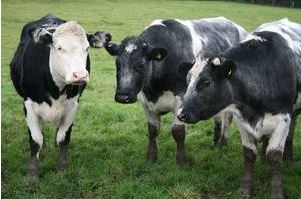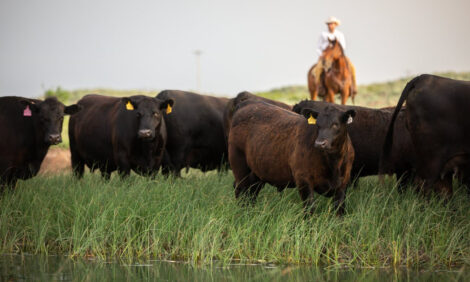



Controlling Foot and Mouth Disease in the Balkans
Veterinary services are being beefed up to minimise the risk of foot and mouth disease in the Balkans.A combination of the European Union and the World Food and Agriculture Organisation (FAO) is working to prevent the potentially massive economic implications of an outbreak.
While not dangerous to human health, the disease causes serious production losses and is a major constraint for international trade, writes the FAO. It can also have an impact on rural activities such as tourism. A FMD outbreak in the UK in 2001 cost the country $16 billion and resulted in 10 million sheep and cattle being culled in order to halt further spread of the virus.
In recent years EuFMD has trained around 500 veterinarians across Europe in immediate response capabilities, has established an emergency training course for vets for crisis situations, has established a network for its member states for contingency planning and a knowledge bank to share experience for improved simulation exercises.
Where the Disease Lurks

FMD is a viral disease of cloven-hoofed animals, such as cattle, buffaloes, pigs, sheep, goats and deer. While EU member states are virus free, the virus currently circulates in parts of in the European neighbourhood and in around 100 countries in Africa, the Middle East, large parts of the Eurasian landmass and some areas in South America.
Most years, over 40 countries declare eFMD epidemics and some dramatic jumps of virus strains between continents have recently occurred, affecting the Middle East and North Africa.
Front Line
One region given special attention by the Commission is the Balkans, which comprises both EU and non-EU member countries, and is closer to infected countries further south and east.
The EuFMD helps countries develop and test contingency plans for rapid response to disease outbreaks before the virus can spread to neighbouring herds or further afield when livestock are transported to market. In any effort to stop the disease spreading, cooperation between neighbouring countries is crucial.
Such plans were tested recently in Bulgaria, Serbia and FYR of Macedonia, where government veterinary services took part in the first-ever desktop simulation of a simultaneous outbreak of FMD in herds in the three countries. Other Balkan countries and Greece took part as observers.
The simulation exercise was funded by the EU, coordinated by EuFMD, and assisted by Danish government animal health experts, who acted as evaluators in each country.
How a Simulation Exercise Works
"The exercise met its target of testing the management response to a complex and evolving FMD outbreak, including testing capacity to communicate within and between the countries and with international organizations, and the ability to prioritise tasks at national and local level,” said Keith Sumption, Executive Secretary of the Commission, after the exercise. “The observers were impressed by the response.”
“Simulation exercises are an effective way to identify weaknesses that could result in catastrophic consequences in a real crisis, and to bring attention to the need for investment in preparedness.
“The simulation exercise in the Balkans is important to the countries involved as it presents an opportunity to run a first test of their state of preparedness since the last major crisis in the region in 2011, when Bulgaria had to control outbreaks in wildlife and domestic animals,” he said.
A second multi-country simulation exercise is being planned in the Balkans in July. It will incorporate lessons learned from the recent exercise and include field activities.


